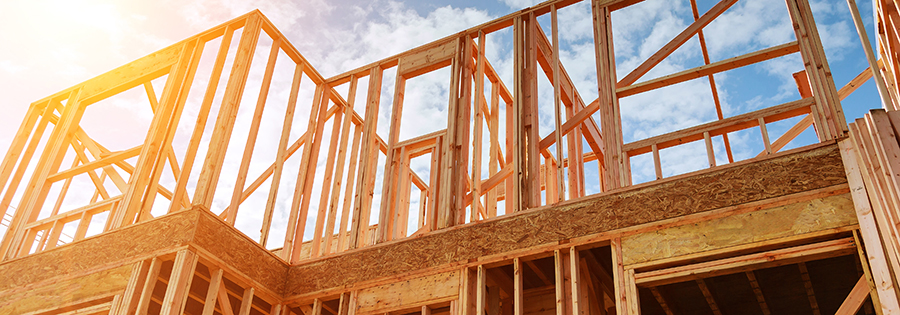

Many homeowners consider making age-friendly home upgrades only after they face a challenging situation like a fall.
By regularly talking with clients about aging-in-place modifications and sharing tips and trends, you can prepare them for aging at home. Such routine conversations can also position you as a trusted advisor when your clients need to make decisions about home improvements or if they decide it's time for them to move.
A Builder Magazine story worth sharing with clients looks at what's trending among home builders and how newly constructed homes are evolving to be more age friendly.
For instance, builders are incorporating age-friendly features in new single-family homes to make them comfortable and accessible for people of all ages. This is important because most U.S. housing stock isn't ready to accommodate an aging population, according to a 2020 U.S. Census report that found only one in 10 homes is equipped for aging residents. In addition, according to U.S. Census Bureau projections, come 2034, there will be more adults aged 65 and older than children.
While many are familiar with the Americans with Disabilities Act and Universal Design principles, there's another concept gaining traction called "Visitability." Advocates from www.Visitability.org suggest that homes have three features: entrances with level thresholds, ground-floor doorways and hallways wide enough for wheelchairs, and a wheelchair-accessible powder room on the ground floor. Such features eliminate barriers for both residents and visitors to a home.
Builder Magazine notes that Pima County, Arizona, and the state of Vermont have incorporated Visitability principles into their building codes.
Some builders have started embracing the concept of age-friendly design in their housing projects by making such accessibility features standard or optional upgrades.
For instance, Tri Pointe Homes introduced its LiveAbility program, offering standard features like open floor plans and adjustable height closet rods. Optional amenities include microwaves in lower cabinets and sit-down showers.
Another, Epcon Communities, in its 55-plus communities, offers a universal design upgrade that includes wider doorways and hallways and a curbless shower, and nearly 75% of buyers have chosen the upgrade. This option has become popular even in Epcon’s all-age developments, with over one-third of buyers selecting such features.
Regal Builders takes a similar approach by making universal design elements, such as first-floor primary bedrooms and step-free entrances, standard in their homes for its Noble's Pond 55-plus community.
Furthermore, builders recognize the importance of creating age-friendly communities beyond individual homes. As such, they incorporate features like community gardens, walkable pathways, golf cart routes, and convenient access to dining, shopping, and healthcare services to enhance residents' overall quality of life.
